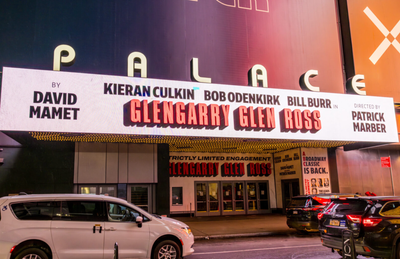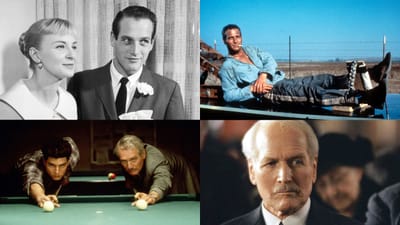Going back to the Old Oak
You know those people who like to talk about how many books they’ve read this year?
It’s ok, unclench your jaw. This post isn’t one of those humblebrags. I haven’t read a page in weeks.
There’s certainly plenty of value in getting through a load of books. Books are wonderful. So are podcasts, documentaries, and that new awful reality show on Netflix (guilty).
But once we’ve done them once, that’s usually it.
Too often we’re missing something by always seeking what's next.
This is especially the case with digital mediums. The constantly restocked algorithm means checked off episodes disappear in the blink of an eye.
However, there’s a lot of value we miss when we don't go back to the ones we cherish: the modern classics that give us more each time.
In his book ‘Hit Makers’, Derek Thompson talks about the concept of New Wine on Old Oak being key to what makes a hit become popular. The New Wine of novelty - a script, a star, a technology, a business model - is encased in the Old Oak of familiarity.
A spin on this concept is the idea of us being the New Wine.
The classics can give us more each time because they’re the Old Oak - the familiar material. We know certain parts by heart, and the concepts stay true in their permanent time capsule. Yet different elements open up new ways to see the world - new pathways fire in our minds.
Because while the material is the Old Oak, a few parts of our mind is the New Wine.
And that’s why these particular hits just keep on hitting.
Which Old Oak do you want to go back to?
(Inspired by my fourth listen to Seth Godin’s January 2019 appearance on The Moment with Brian Koppelman)
No spam, no sharing to third party. Only you and me.





Member discussion